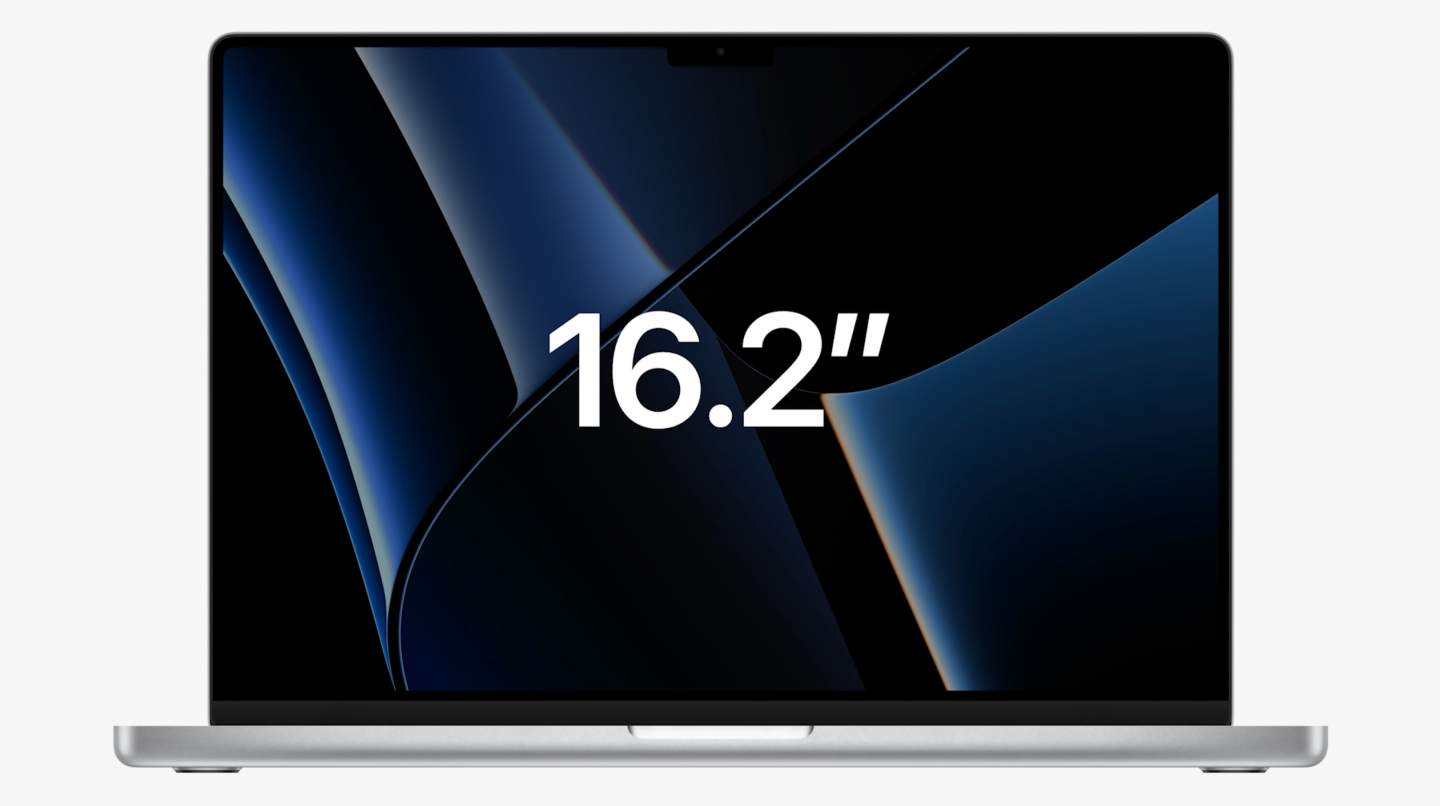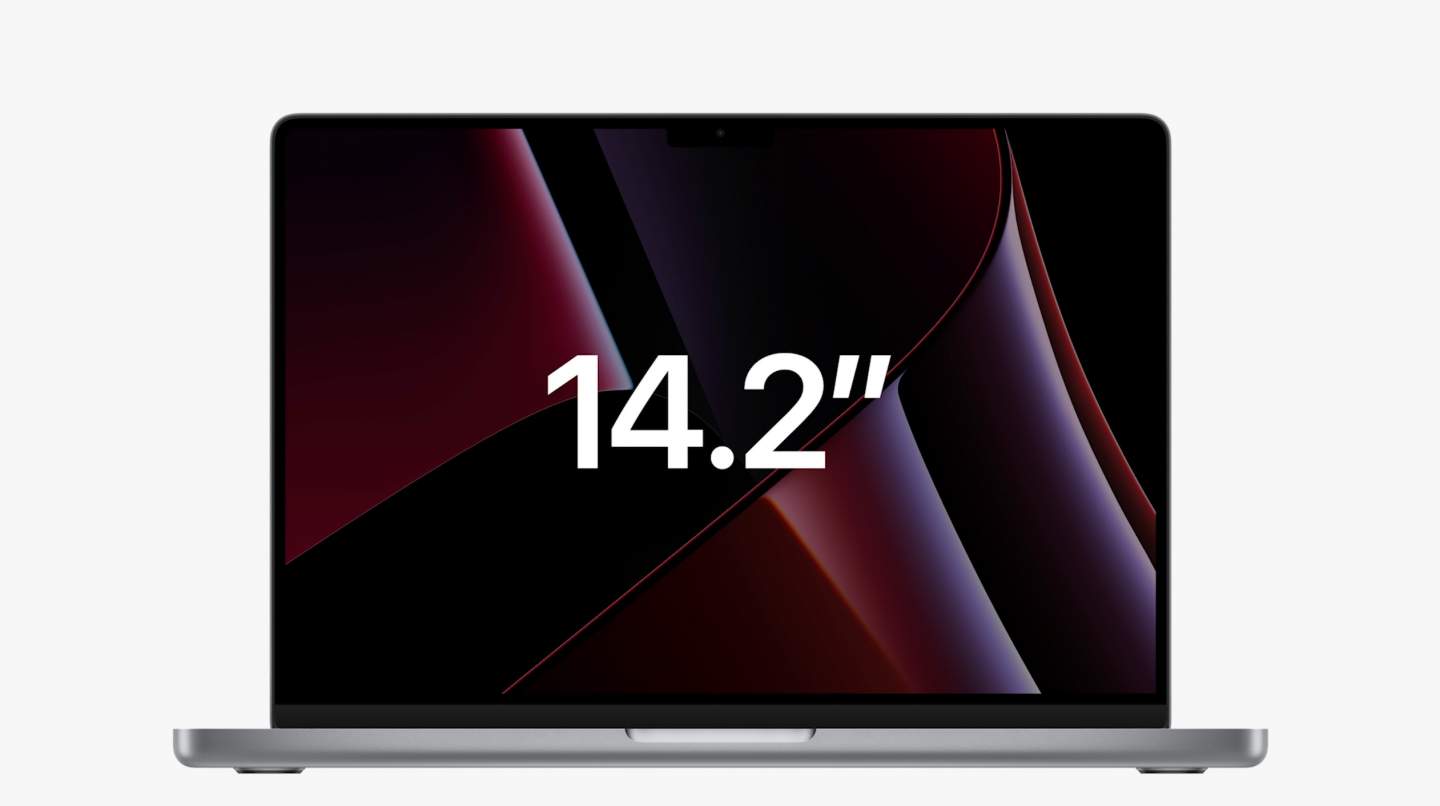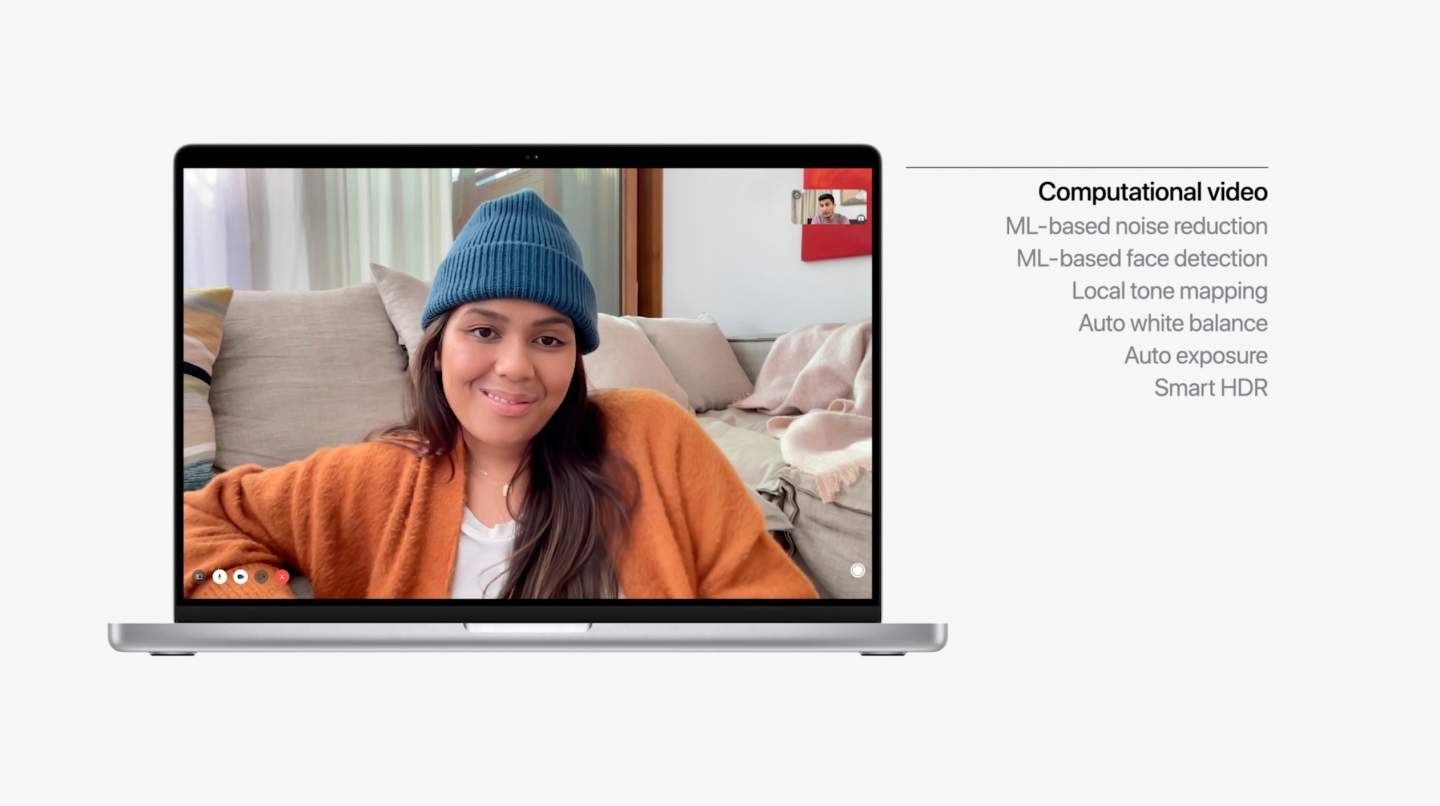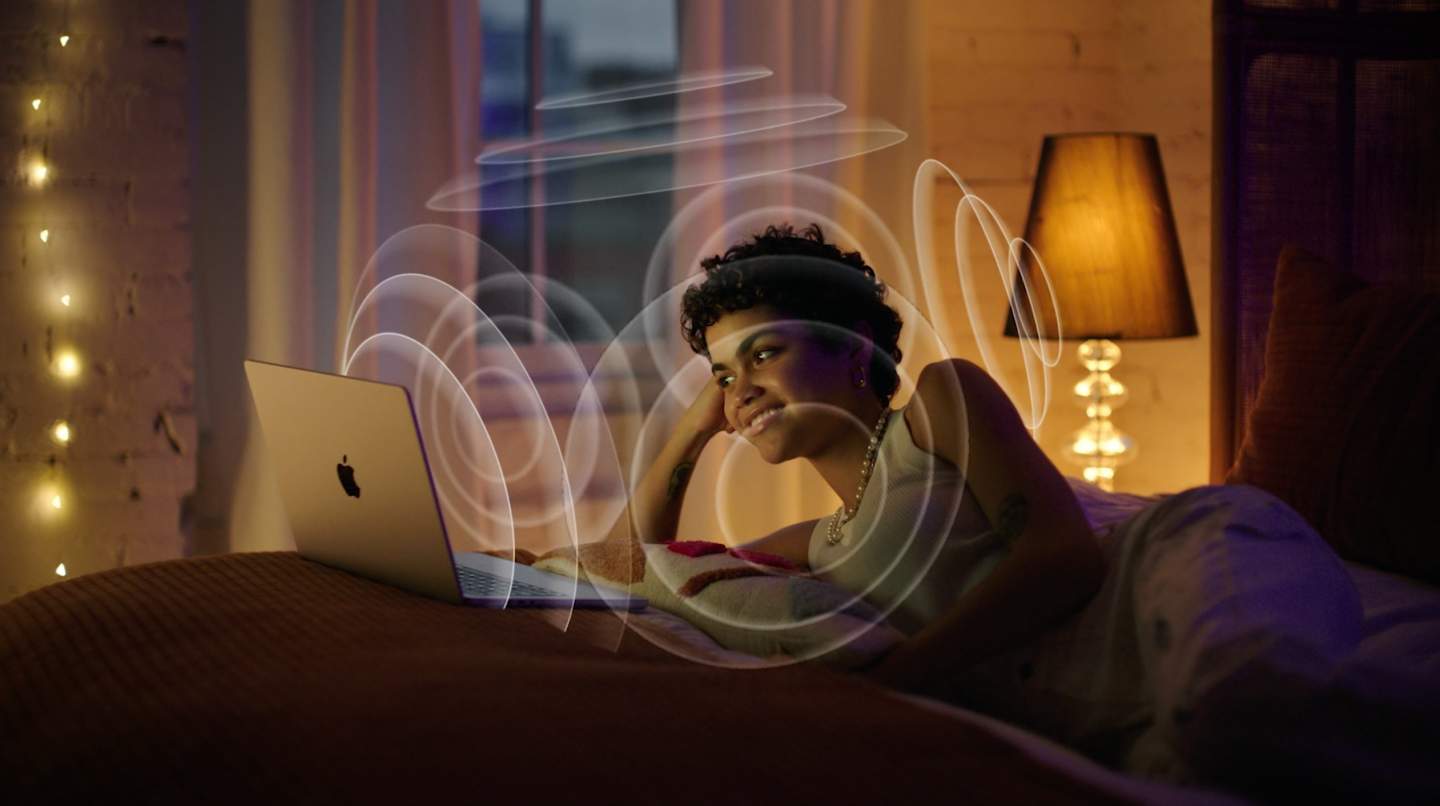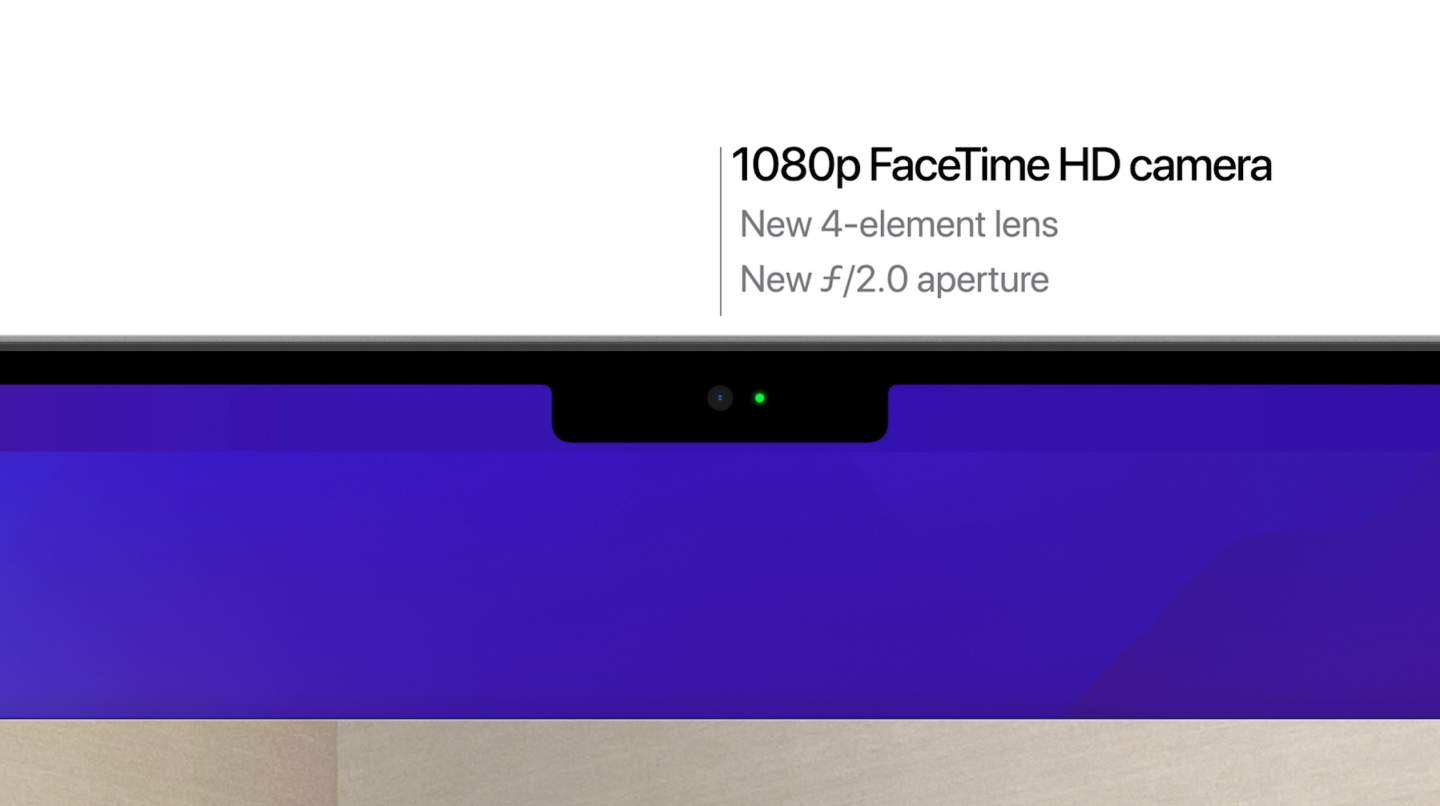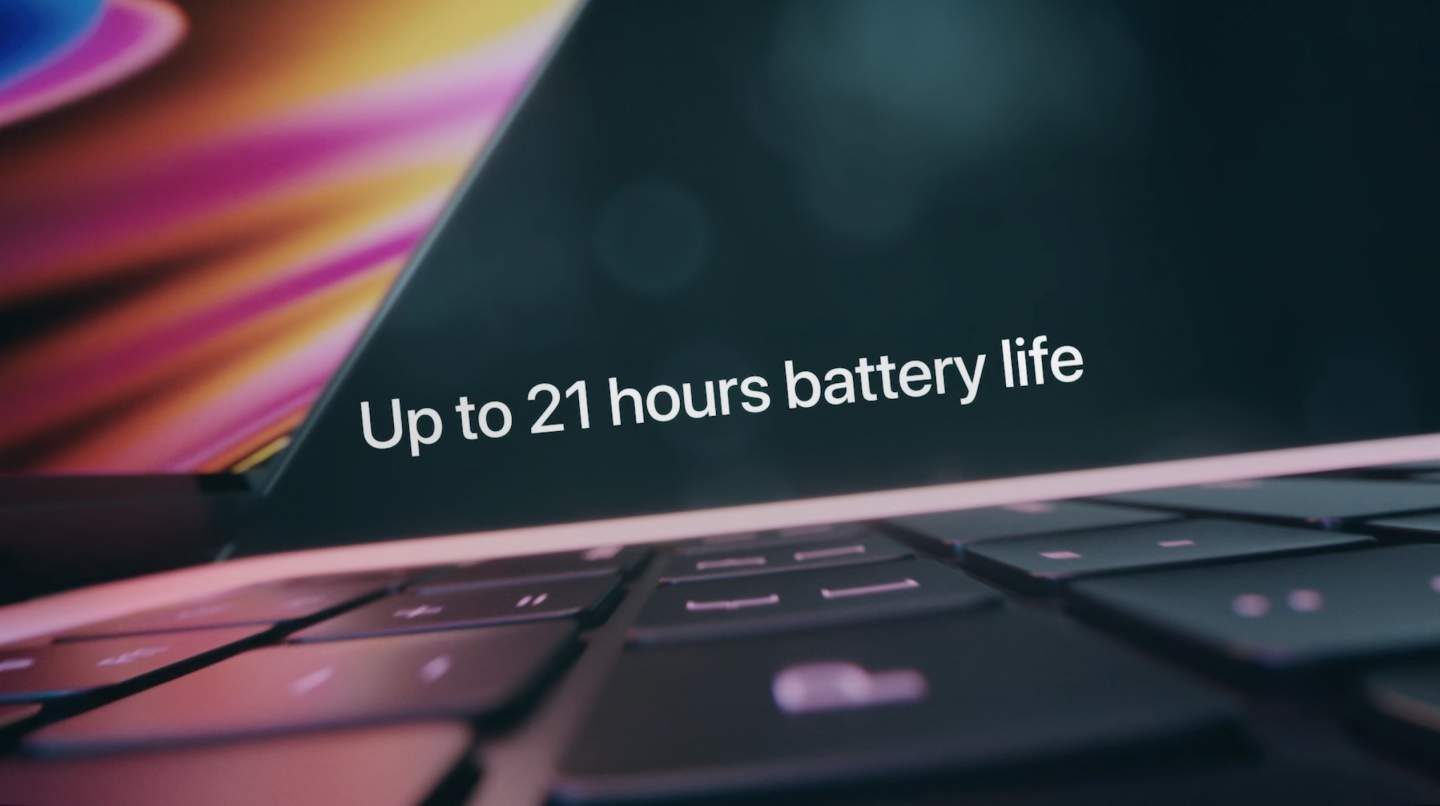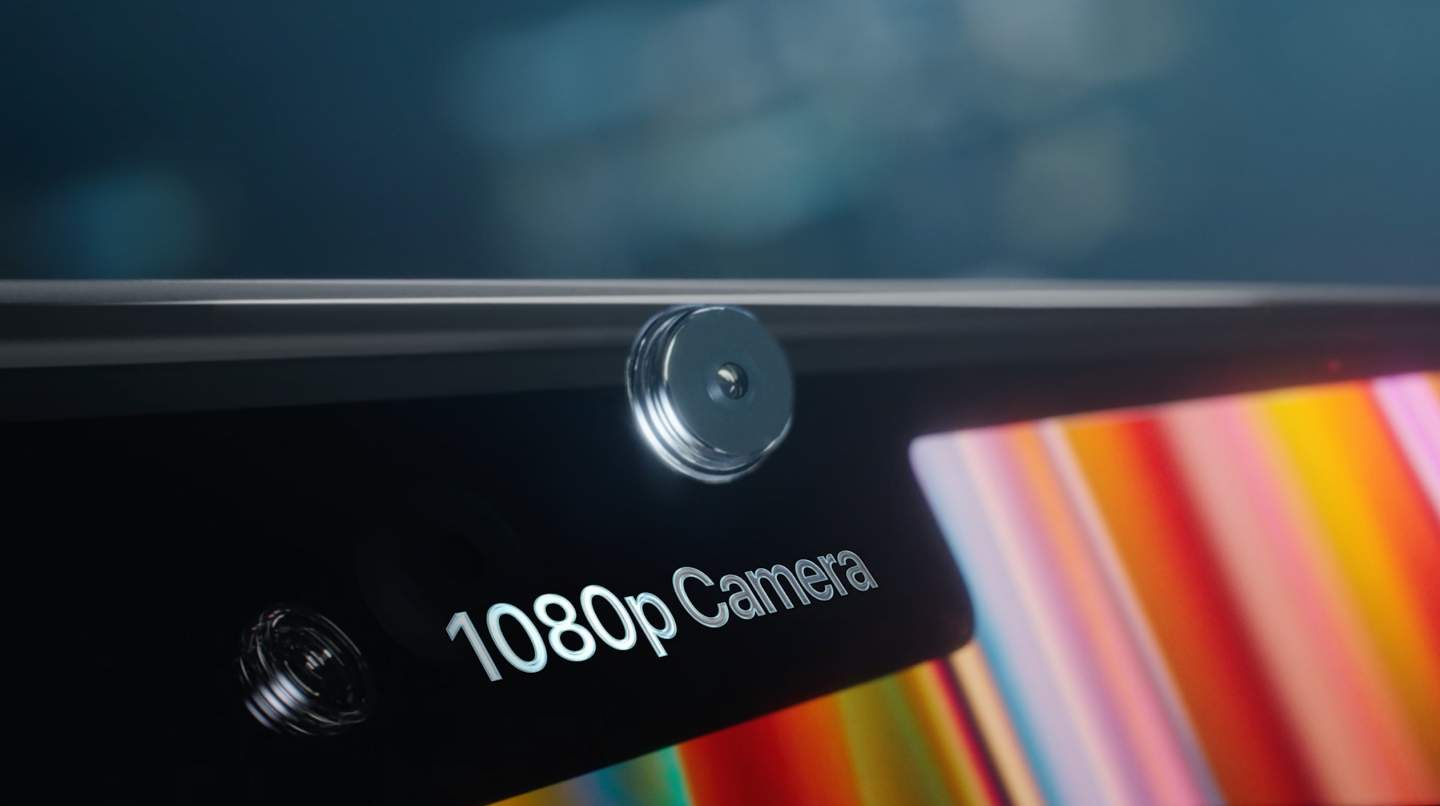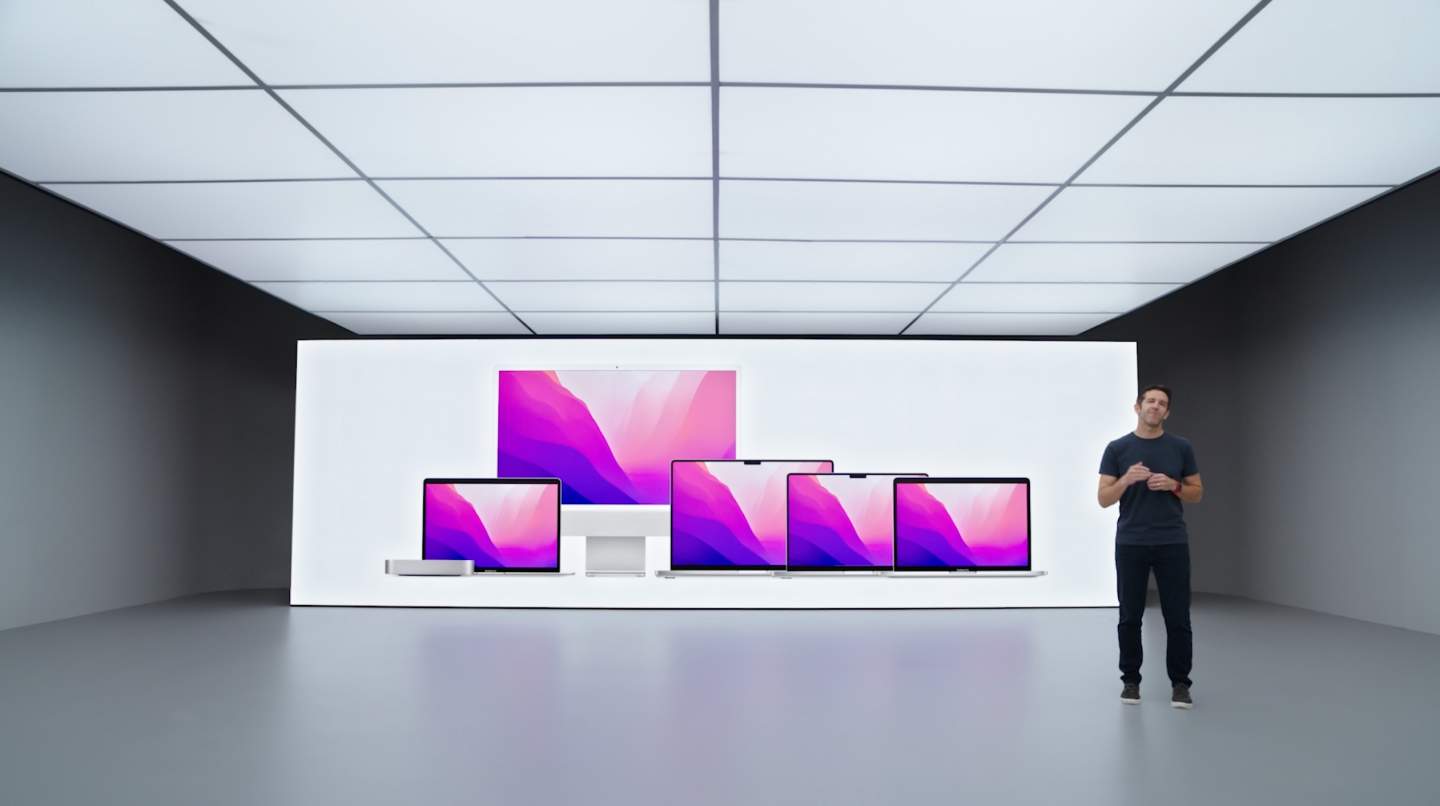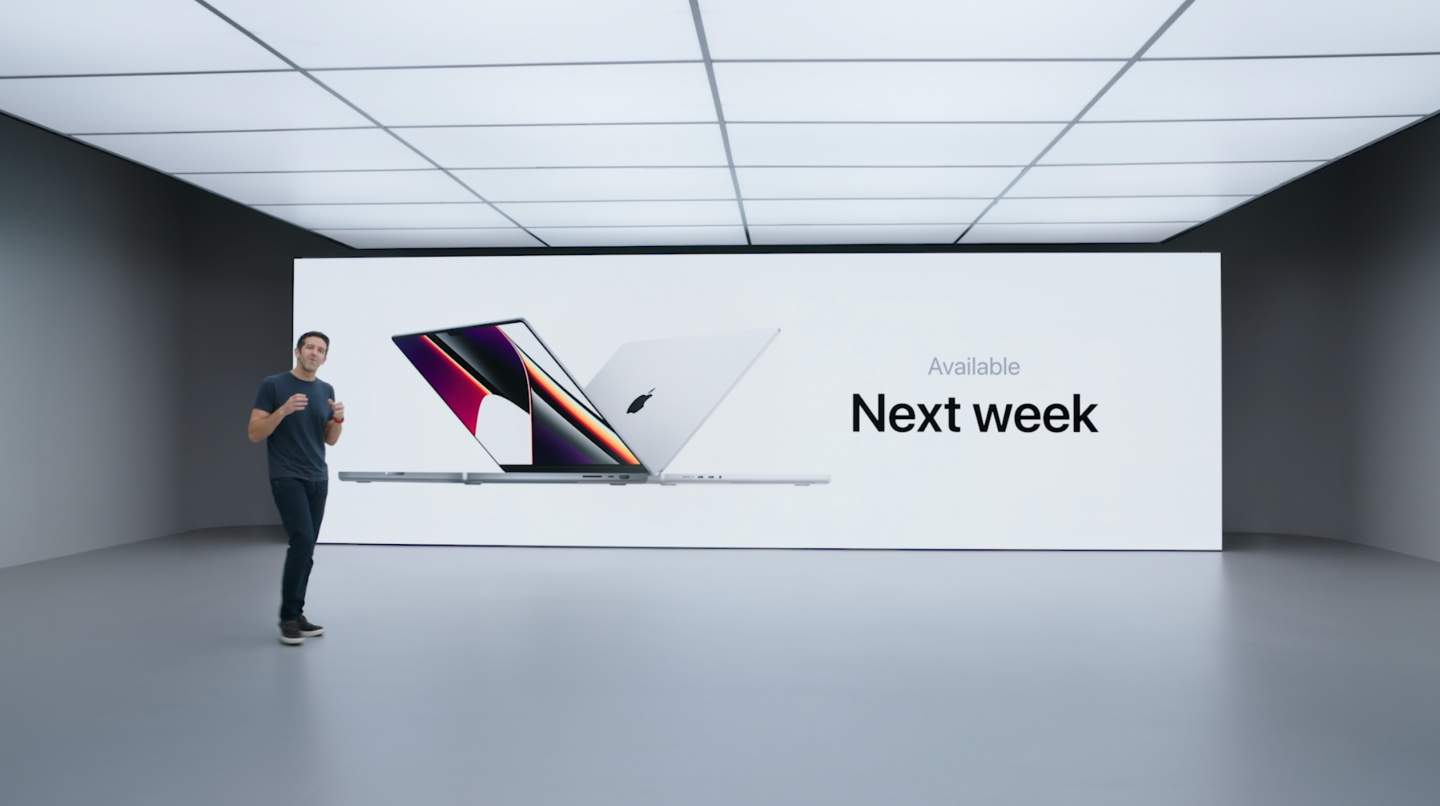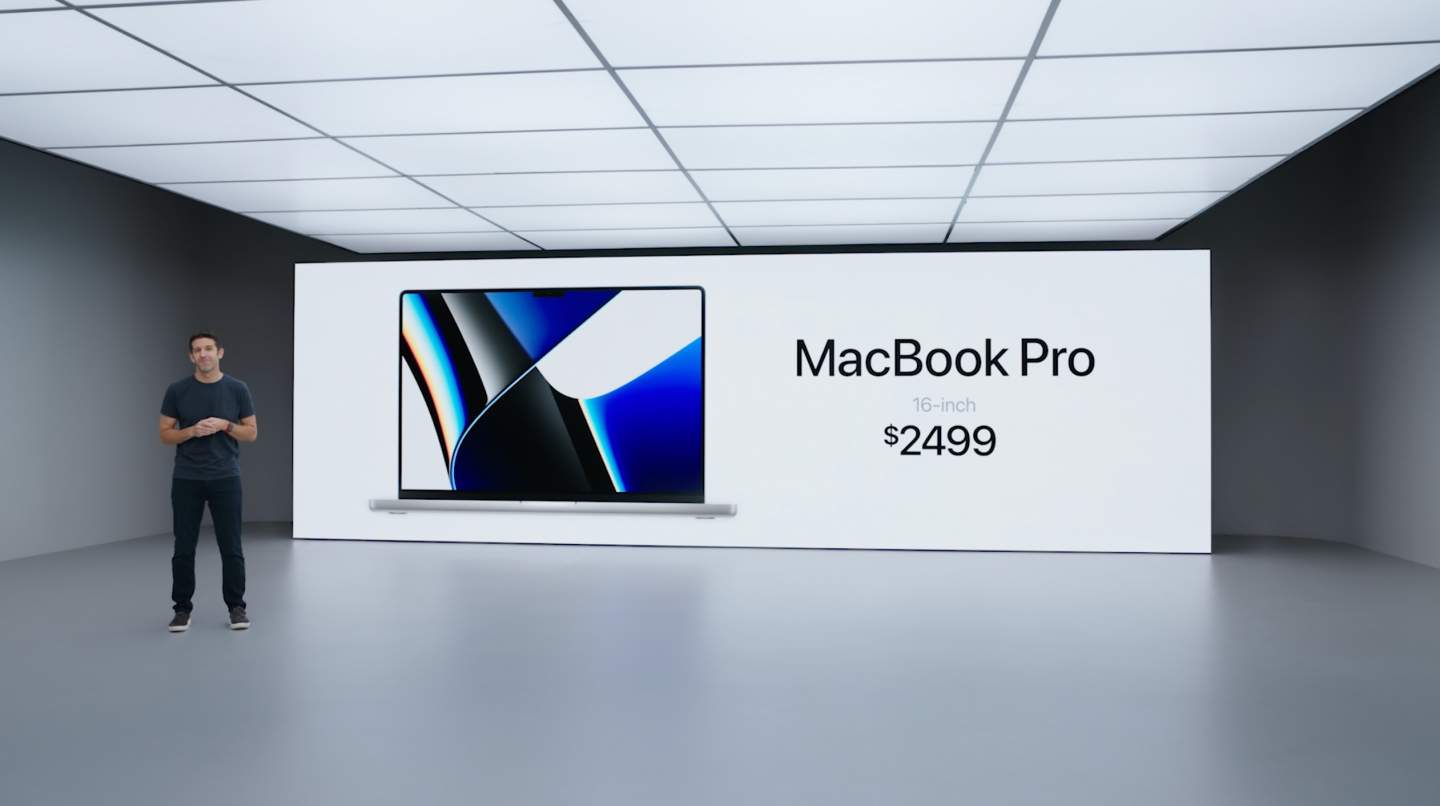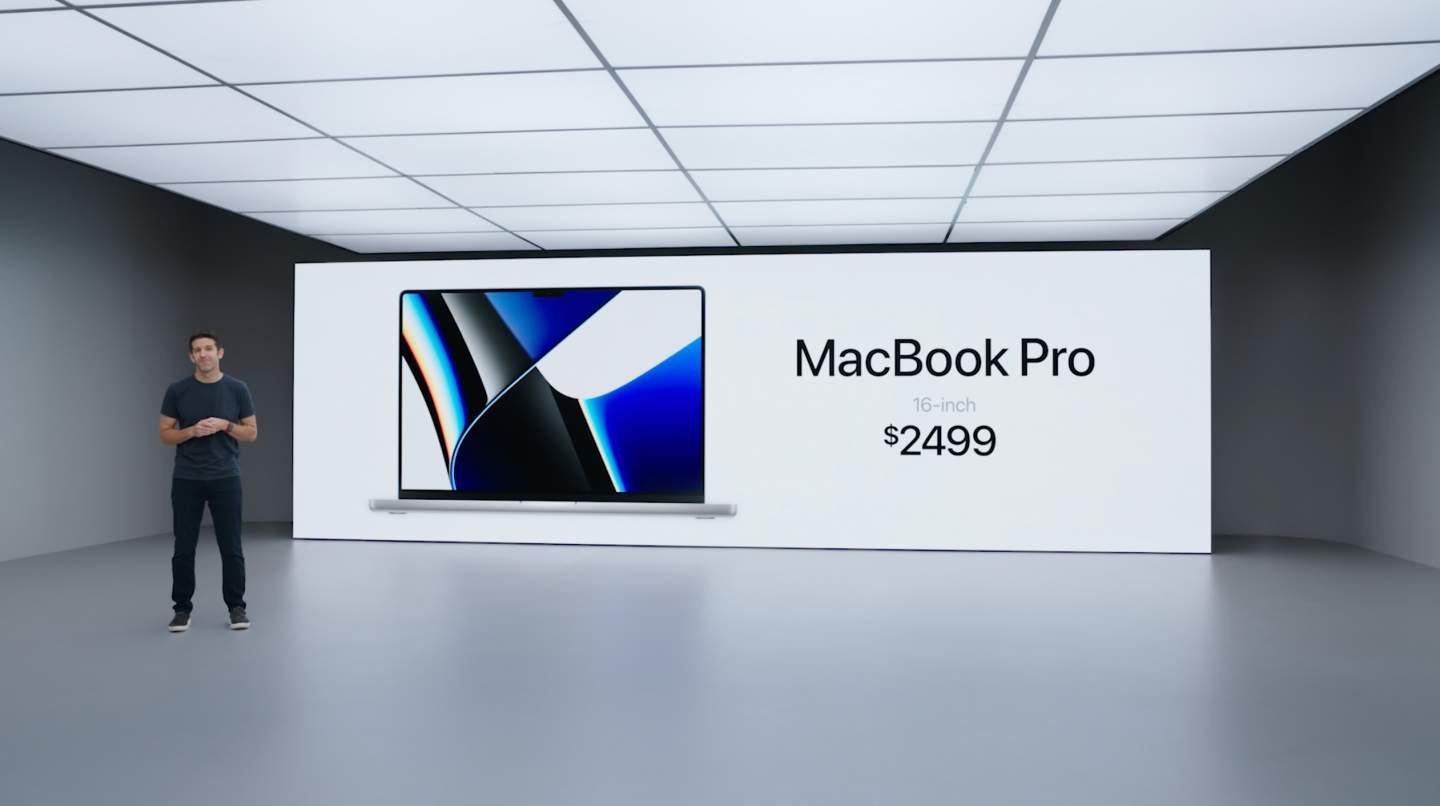New MacBook Pro Revealed: Everything We Hoped For
The next generation of MacBook Pro was revealed today by Apple with prices and release date info. The MacBook Pro works with Apple's own M1 chips, at last, with an industrial design that's similar to what we've seen in the past with a few KEY improvements and/or differences. The MacBook Pro revealed today has several ports on either side and a notch in the forehead of its display.
The Touch Bar is no more, the function keys are back, and there's a headphone jack. On the right side of the MacBook Pro with 16-inch display is a full-sized HDMI port, USB-C, and SD card slot. On the left, two more USB-C ports and headphone jack, alongside a MagSafe 3 power port.
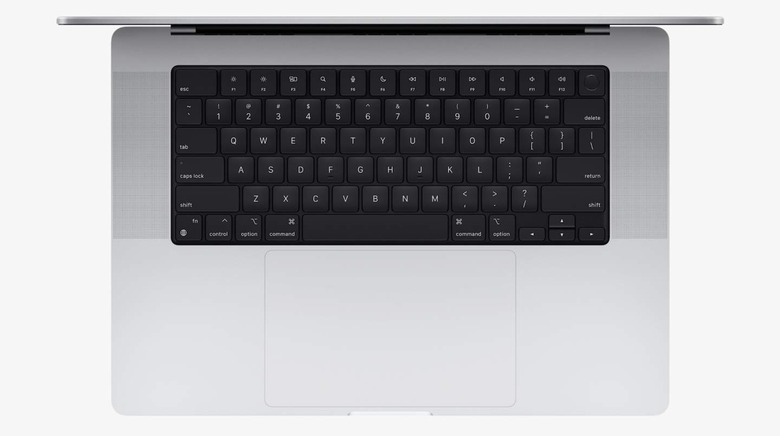
These devices have a 3.5mm bezel around their display on the left, right, and top (save the notch). The larger device has a 16.2-inch display with 3456 x 2240 pixels, the smaller has a 14.2-inch display with 3024 x 1964 pixels. Both versions have ProMotion support (120Hz image refresh rate).
Both devices have Mini LED tech and XDR support. Both have 1000 nits of sustained brightness, with 1600 nits peak brightness, with a million-to-1 contrast and localized dimming zones.
The smaller MacBook Pro is quoted by Apple as having 17 hours of video playback (for battery life). The larger is quoted at 21 hours of video playback. Both devices will support Fast Charge tech.
These machines work with "studio quality" three-mic arrays with six-speaker sound systems. That's four woofers, two tweeters, and "80 percent more bass" as well as support for Spatial Audio. It's likely this new allowance for speaker space is given by the significantly smaller requirements for space for the M1 chips VS Intel in the past – but we shall see!
Apple revealed their new M1 Max and M1 Pro chips today at the same time as their newest MacBook Pro devices. Apple suggested that the M1 Max is a 5nm process with 400GB/s memory bandwidth. This chip has a 10-core CPU and up to 32-core GPU, 57 billion transistors, and a 16-core neural engine. Inside is 64GB unified memory, a secure enclave, support for Thunderbolt 4, and readiness for supporting four external displays.
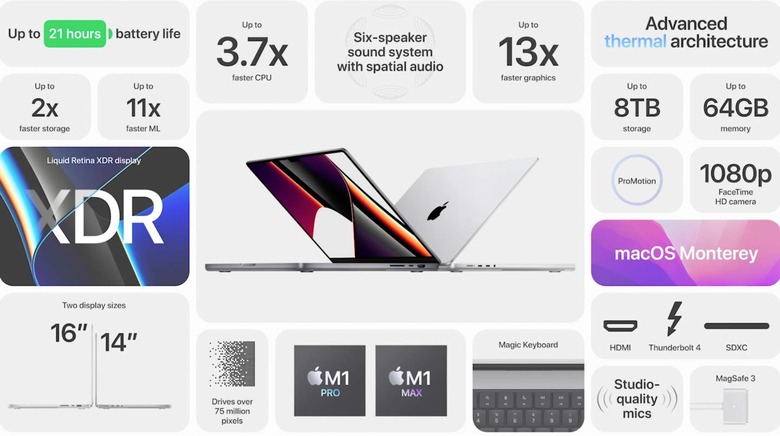
The M1 Pro chip has support for two external displays, up to 32GB unified memory, 33.7 billion transistors... basically it's a fraction of the M1 Max chip. We're still getting Thunderbolt 4 support, a 16-core Neural Engine, and the 5nm process base. The M1 Pro has an up-to 10-core CPU, up-to 16-core GPU. Secure enclave is here, too, and both M1 (Pro and Max) have ProRes encode and decode tech.
Stay tuned as we get more information about the release date and price range of these devices. We'll most likely see the full lot any minute!
UPDATE: The MacBook Pro 14 will cost approximately $1999 USD, while the 16-inch version will start at around $2,499 USD. These notebooks will be available for order today, with general availability (release date) next week.

